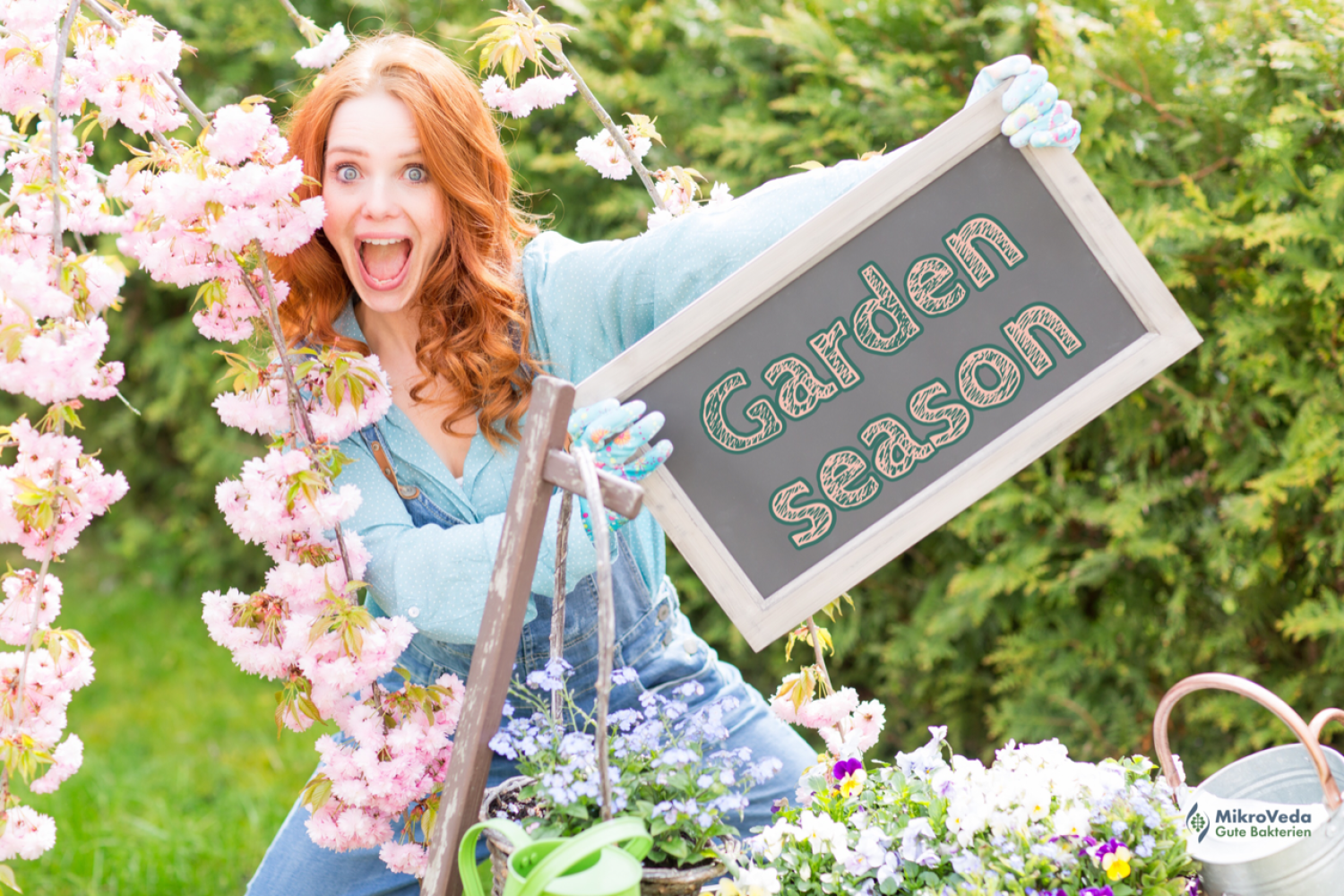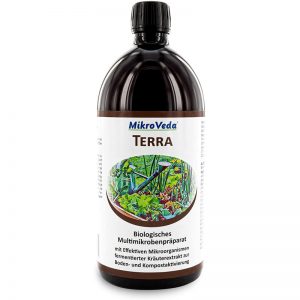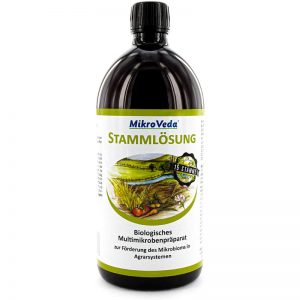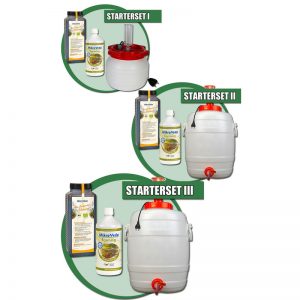The first rays of spring sunshine and it draws us garden friends out into the green. Since there is not really much green to see yet, it is now time to prepare everything, so that everything will soon be nice and green and we also have something to harvest.
So sleeves up, get the last hard frost days behind us and out into the garden!
But what to do now? Our top 10 for March and early April:
1. When is the best start?
Our recommendation: The gardening year doesn’t always start the same way. Some years the winter drags on like chewing gum until deep into March, sometimes we already experience some warmer days with up to 20 degrees in March. Also April is known for so some surprises: these plans the garden friend however completely naturally with and also nature is used to these fluctuations. Also to be taken into account are the climatic changes we are currently experiencing. March is crucial for the start of the gardening season. Once the hard frost days in March are overcome, it can go out.
2. What do I need to start the gardening year?
Homegrown compost (conventional compost systems or kitchen bokashi as an alternative).
Fresh soil with a variety of microorganisms. Earthworms and other soil dwellers are magically attracted to it and provide fertile, healthy soil: the prerequisite for strong, healthy plants and a good harvest.
MikroVeda Terra as natural soil activator and compost starter
MikroVeda Garden Bokashi moist as a starter to build up humus
Optional: other MikroVeda garden products for ideal and above all 100% natural garden care, as a start to the gardening season or help if soil or plant should weaken during the gardening year after all. Our recommendation:
MikroVeda Carboni Terra Preta made from gently fermented plant charcoal,
MikroVeda Ceramic Powder as a soil additive,
MikroVeda dolomite primary rock flour,
MikroVeda Bentonite clay mineral,
MikroVeda stock solution multimicrobial preparation as a naturally fermented bio-fertilizer for self-activation.
Interested in fermentation and want to get started as an organic gardener?
Try your hand at self-activation with a starter set of fermenter, multimicrobial preparation, sugar cane molasses and more.
3. You still have green manure on the beds. What to do now?
You can now grab the lawn mower and run it over your bed. Then lightly rake in the resulting chopped “green manure" along with the roots and after about 4 weeks the bed will provide all the nutrients that young plants need, so that they can then be planted and sown. At the same time, water the bed with a soil activator to enrich the soil biotically and accelerate the release process by the microorganisms.
4. Prepare beds!
The tried and true compost layer can be incorporated as an alternative or supplement to the green manure from the previous year to enrich the soil with additional nutrients. Likewise, primary rock flour and bentonite clay mineral are further helpers “on top", which bind water and optimally prepare the soil for the coming planting or sowing.
5th tip for mulching during this period:
Mulching is especially important for the beds and plants to keep the soil nicely covered at all times. However, in the seeding stage, you should push aside the mulch layer in the planting row to let the first important rays of the sun shine on the soil to warm it up, which is good for the seeds and young plants at this time. The mulch layer would delay this process a bit.
6. Raised bed: Where did the soil go?
In the spring, you revisit your raised bed for the first time and notice that the soil has sagged a few inches. So now is the time to prepare the raised bed. Fill up the soil, put fresh compost on it. Do you have a bokashi garbage can sitting in the kitchen? The fermented Bokashi mass on your kitchen waste is now perfect for a bottom layer in the raised bed. By the way, it’s great for all other raised beds too! You don’t have a Bokashi garbage can yet? Find out more about the Bokashi system in our blog articles or in the store.
You would like to make your compost layer differently? That’s also possible. Use conventional compost systems for the garden and apply a compost layer in your beds. Here, too, a natural multimicrobial product is suitable, which serves as a starter for the compost, so that important soil microorganisms can multiply and establish themselves in great diversity right from the start. You will also find the right product for this in our store.
7. What may move into the raised bed, what into the soil bed?
In the raised bed you do not need to be afraid of plants that “hop over" from a neighboring bed and spread unwanted. However, you should think about the choice of plants, because each plant has its own preferences, characteristics and advantages. Thus is to be considered: Mixed cultures – which plant can be planted with which and which should rather not be planted together? For this you can find a blog article on mixed cultures here. Then the consideration is: Do I want to plant an herb bed or would I rather plant a vegetable bed? A mix is also a good idea, considering the rules of mixed crops. Some vegetable plants, such as the tomato, grow strongly upward and therefore should not move into the raised bed, as it could steal the light from the others. So what is suitable in the raised bed: all herbaceous plants except those that tend to grow too tall and or could strongly crowd out others (e.g. mint).
Recommended: Cilantro, dill or parsley. Vegetables: low varieties that can be harvested close to the ground. These include.
Picking lettuces
Spinach
Swiss chard
Strawberries
Garlic
Beet
Spring onions
Herbs
Kohlrabi
Radish
Bush beans
and lettuces.
But also heat-loving plants such as melons, peppers or eggplants are happy about the pleasant climate in the raised bed. Salads find a suitable place here as well as edible flowers that do not grow too large. This also looks pretty – even our eyes benefit!
Of course you can gain your experience, because potatoes and carrots can also move into the raised bed, every soil, every location is different, the experience makes you the king of YOUR garden here. What works for us, may already look completely different under your conditions.
What goes into the soil bed? Everything that grows very tall and needs a lot of space (Attention: Follow the rules for mixed cultures!) And of course a lot of other plants.
No matter if raised bed or ground bed: Our recommendation for outdoor sowing in March:
Asian Lettuce
Broad bean
Pea
Melde
Carrot
Parsnip
Radish
Radish
Arugula
Lettuce
Spinach
Winter postelein
Sweet pea
Onion
What plants can be planted out now?
Cauliflower
Garlic
Kohlrabi
Leek
Red cabbage
Lettuce
White cabbage
Onion
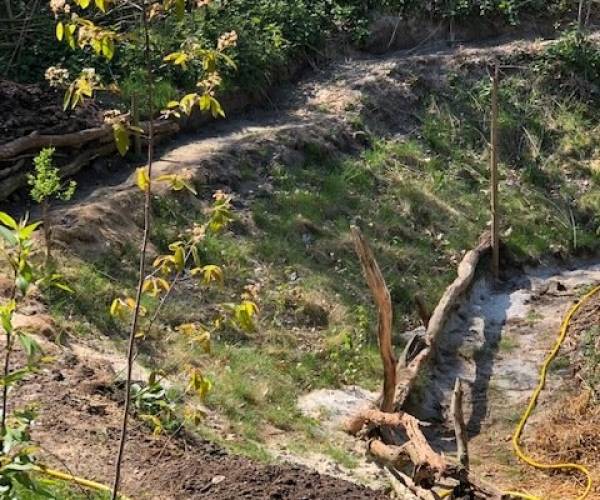
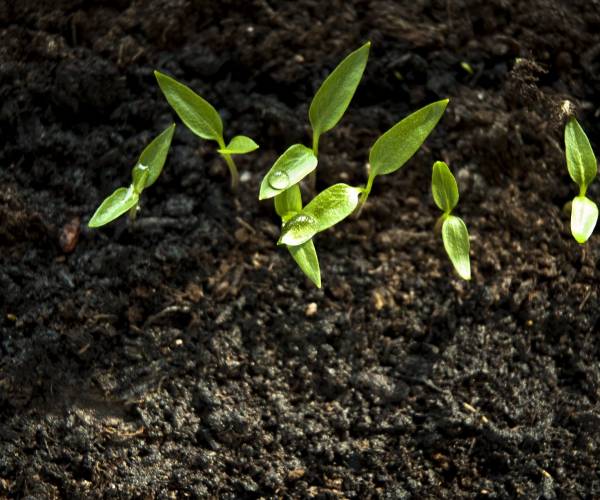
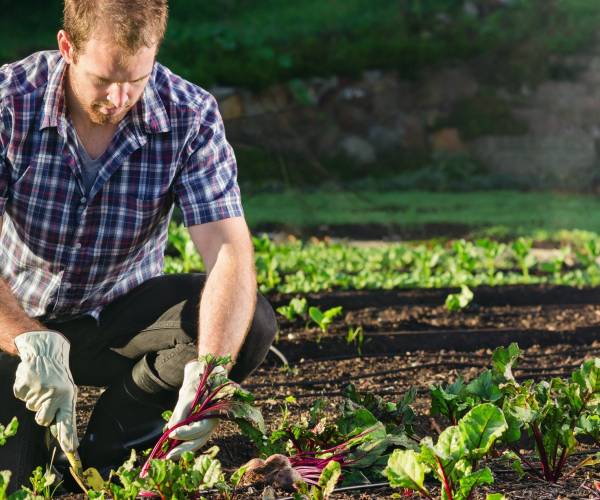
8. What is still to be done? Early bed! Or growing in the house!
Cold frames and growing beds in the house could be set up as early as February, so in March we can enjoy the first plant heads peeking out of the ground. Fast starters at this time are mainly spinach plants, spring onions, peas and chard. These need to be well watered now, wherever your cold frame is. There is also plenty of time to sow seeds now in protected cold frames and growing beds. Which plants are suitable for pre-growing in March? E.g. cauliflower, broccoli, fennel, celeriac, kohlrabi, leeks, chard, New Zealand spinach, peppers, beet, red cabbage, lettuce, sorrel, chive, tomato, white cabbage, savoy cabbage.
Extra insider tip: Seed dressing with MikroVeda microorganisms!
Early April:
It’s best to wait until early April to plant your potatoes! This is also true for most pre-picked seedlings, which still require some patience. Some of them even need until May to finally thrive in the open beds.
9. Weeds are not welcome!
Although for an organic gardener, weeds are welcome and are an important part of the garden biotope, now is not the time for them. Young plants have a hard time asserting themselves against them, as they usually grow much faster. So at this time, you should still invest a little time and get down on your knees to pluck them out. Another advantage of the raised bed is obvious here.
10th tip against cold nights:
For young plants that are already in the bed in early April: Put warming fleece over sensitive young plants, just not too thick (weigh it down with stones on the sides so it doesn’t fly away in the next wind). Beans and savoy cabbage and other larger plants from the previous year do not need thermal protection.
We particularly enjoy this time and have decided again this year to continue to create beds in the sense of permaculture as a forest garden or tree slices in addition to the raised beds. However, the classic potato bed also finds its way into our garden again this year.
Every willow catkin and every smallest bud on young trees, which we have almost written off, raises hope for a good garden year with a little more rain than last year!

